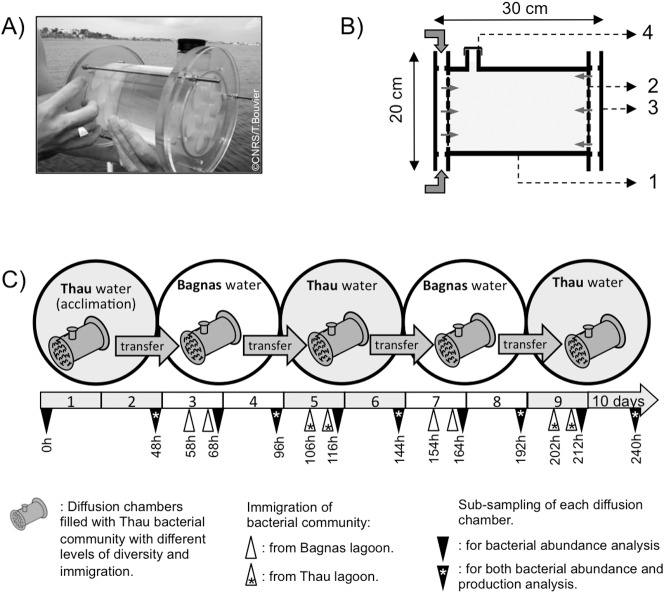Figure 1. Illustration of the diffusion chambers and experimental design of the experiment carried out in this study.
A) The 2-L capacity diffusion chambers used in this study. B) A diffusion chamber consists of a 120 mm diameter Plexiglas® cylinder (1), with 0.22 µm pore size polycarbonate membranes at both ends (2) allowing ample percolation of water and dissolved substances (grey arrows). The thin membrane is protected by a Plexiglas protection (3). Sampling was done by opening the cap of the chamber (4). Rubber seals were used for water-tightness. C) The bacterial community from the Thau lagoon was incubated within the diffusion chambers. After a 48 h period of acclimation in Thau lagoon water, the bacterioplankton were transferred successively in their chambers between the Bagnas water tank and the Thau water tank every 48 hours. This resulted in bacterial communities experiencing each environment twice. Each chamber was sampled nine times during the experiment (black triangles). D) Three different levels of diversity and dispersal rates were tested (High, Medium, and Low diversity, and 0%, 1% and 10% of immigration, respectively; see Methods). All treatments were replicated three times. Chambers with 1% and 10% immigration received immigration twice (10 h and 20 h) after each transfer (white triangles).

